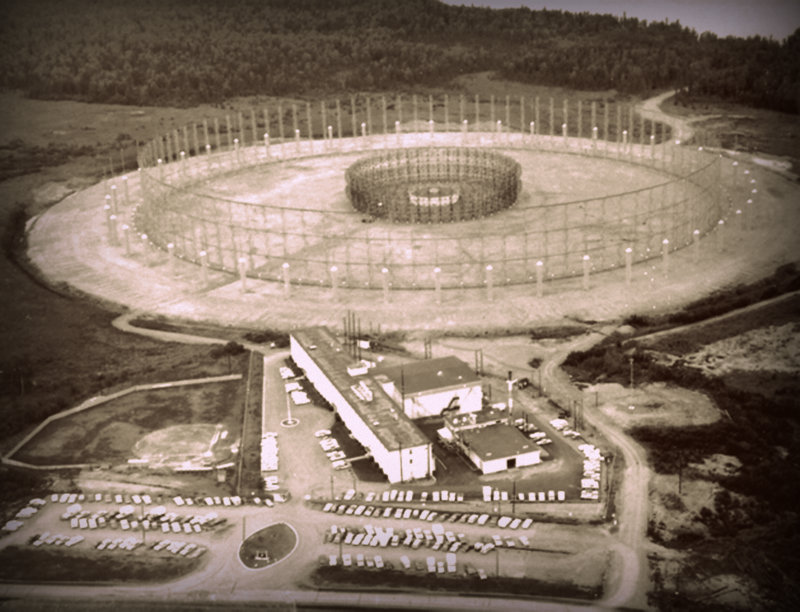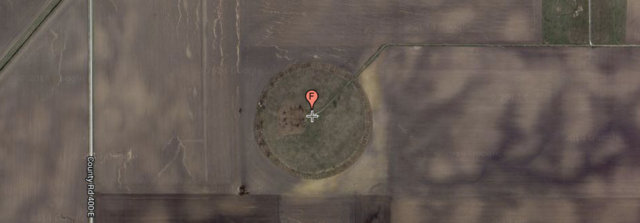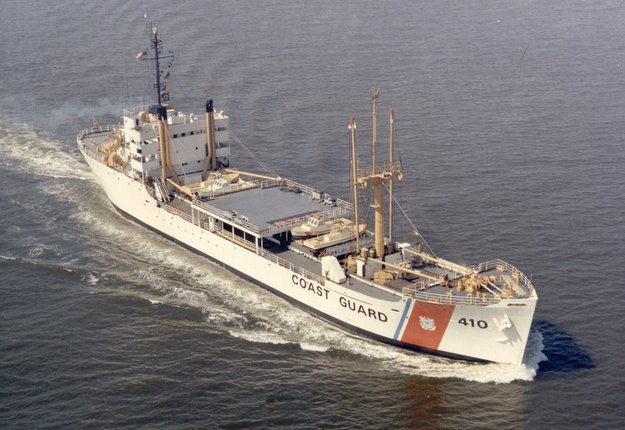 This past week, I posted a couple of articles about Wullenweber antennas (a.k.a. “Elephant Cages”). Many thanks to Andrea Borgnino who shares this article by Joseph Trevithick
This past week, I posted a couple of articles about Wullenweber antennas (a.k.a. “Elephant Cages”). Many thanks to Andrea Borgnino who shares this article by Joseph Trevithick
via Medium.com:
The U.S. Air Force Is Tearing Down a Giant Spy Antenna: ’Elephant cages’ are a dying breed
The U.S. Air Force has started tearing down a massive antenna in Japan. Once used to scan airwaves around the world, these systems have become obsolete as countries change how they communicate.
On Oct. 15, workers began removing the antenna—designated AN/FLR-9—at Misawa air base in Japan. The demolition has been on the flying branch’s agenda for more than a year now.
“Technology and fiscal constraints have driven Misawa Security Operations Center to seek new ways of doing business,” Col. Joseph Winters told Air Force reporters. The antenna—which is almost 1,500 feet wide—should be completely gone by the end of 2015.
Misawa’s system was one of eight AN/FLR-9s the Pentagon built in the United States, Europe and the Pacific during the 1960s. The site actually has three concentric rings of smaller antennae, hence the popular “elephant cage” nickname.




